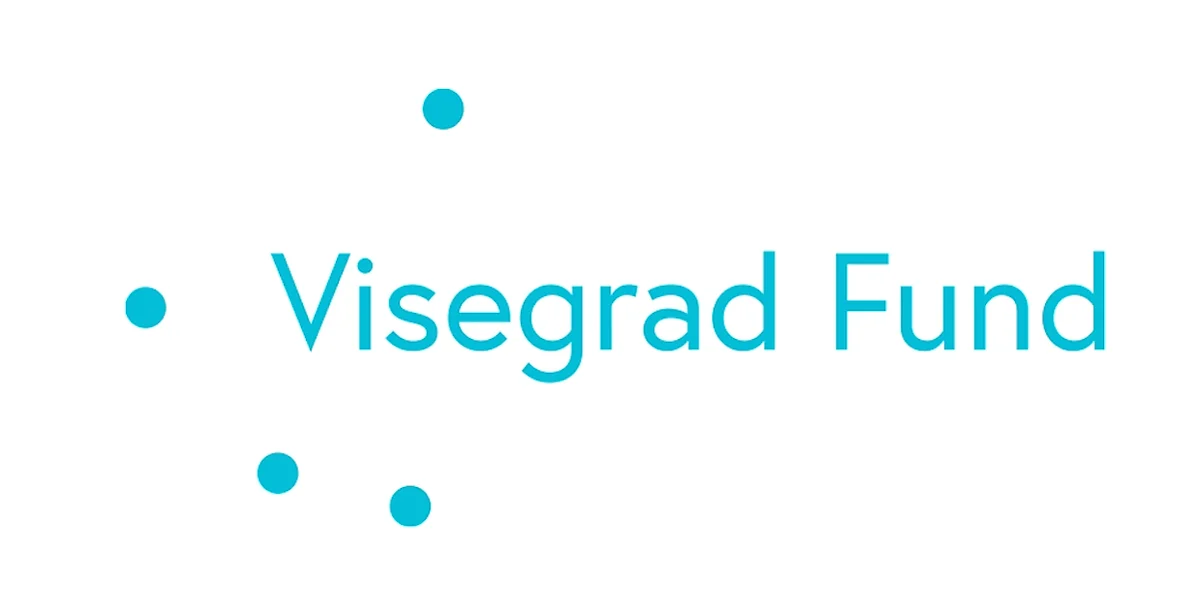Symposium for Extended Reality in Natural Reserves
Update (25. November 2024.): Symposium and Hackathon on AR and XR in Natural Parks
We are excited to announce that from November 26-28, we will be hosting a symposium and hackathon dedicated to exploring the application of AR and XR technologies in natural parks. These events will bring together experts and young academics to brainstorm innovative solutions for enhancing visitor experiences and educational outcomes through immersive technology. While the events are not open to the public, we will share detailed information and key results following their conclusion. Stay tuned for updates on the outcomes and future developments!
Update (2. June 2025.): Symposium for Extended Reality in Natural Reserves (V4 Symposium)
We are pleased to announce the successful conclusion of the Symposium for Extended Reality in Natural Reserves (V4 Symposium), a collaborative project supported by the International Visegrad Fund. Running from September 2024 to June 2025, the project brought together over 20 experts and students from the Visegrad region to explore how augmented reality (AR) can foster deeper, more meaningful connections between humans and nature.
The project combined interdisciplinary dialogue, student engagement, creative experimentation, and academic reflection—resulting in four key outputs that contribute to both practice and research.
Symposium
The project began with a hybrid-format symposium, hosted at Moholy-Nagy University of Art and Design (MOME), where professionals from ecology, design, psychology, technology, and heritage conservation engaged in collaborative dialogue. Through public presentations, glossary mapping, and informal exchanges, participants identified common ground and shared challenges across disciplines.
Hackathon
Building on the symposium’s outcomes, a student hackathon brought together teams from across the V4 countries to tackle expert-defined challenges. Under mentorship from professionals, the students co-designed speculative and applied AR interventions aimed at promoting ecological awareness, local biodiversity, and responsible tourism.
Prototypes
The symposium and hackathon inspired us and resulted in developement of three functional AR prototypes, all accessible through public webAR platforms.
Mantis in Hand: A virtual mantis appears in your hand when viewed through your smartphone camera;
Hedgehog Encounter: Scan a printed hedgehog image to reveal an interactive animation;
Jumping Frog: Navigate a digital frog through your physical surroundings using touch;
Research Paper
The fourth output is a research paper developed by the organizers, reflecting on the role of interdisciplinary knowledge exchange in designing nature-centered AR. Drawing from the symposium discussions and participant feedback, the paper explores how hybrid formats like symposium-hackathons can foster shared understanding and collaborative innovation across diverse domains.
This project demonstrated that meaningful ecological design can emerge when diverse voices collaborate across borders and disciplines. We are grateful to all partners, participants, and supporters who made this initiative possible.
Stay tuned for further updates on the publication and future developments.
About the project in general
The Moholy-Nagy University of Art and Design has won 23 040 EUR non-refundable funding from the International Visegrad Fund with their application entitled “Symposium for Extended Reality in Natural Reserves”. The project will be implemented between September 20, 2024 and May 17, 2025 with the cooperation of 9 consortium partners from the V4 countries. As a result of the project, a symposium and a hackathon will be organized to explore the use of augmented reality technology in the nature reserves across the V4 countries. The project brings together environmental scientists, park managers, technologists and students to discuss and prototype innovative AR applications. The aim is to enhance visitor experiences, to promote environmental education and to foster regional collaborations.
The International Visegrad Fund is an international donor organization promoting development and closer cooperation among the Visegrad Group (V4) countries—the Czech Republic, Hungary, Poland and Slovakia. The main aim of the fund is to strengthen the ties among peoples and institutions in Central and Eastern Europe through giving support to regional non-governmental initiatives. Areas of support: Culture and Common Identity; Education & Capacity Building; Innovation, R&D, Entrepreneurship; Democraticc Values & Media; Public Policy & Institutional Partnership; Regional Development, Environment, Tourism; Social Development. More information about the Visegrad Fund and its application options can be found on the website: http://www.visegradfund.org
Project Partners
1. Moholy-Nagy University of Art and Design (Hungary)
2. Pilisi Park Forest (Hungary): https://parkerdo.hu/
3. Czech Institute for Heritage Interpretation (Czech Republic): https://www.dobrainterpretace.cz
4. Charles University (Czech Republic): http://fhs.cuni.cz
5. Academy of Fine Arts and Design, Bratislava: http://fhs.cuni.cz
6. OZ Klíma t'a potrebuje (Slovakia): https://klimatapotrebuje.sk
7. Lodz Film School (Slovakia): http://www.filmschool.lodz.pl/en/
8. Stowarzyszenie BoMiasto (Slovakia): http://bomiasto.pl/
The project is co-financed by the governments of Czechia, Hungary, Poland and Slovakia through Visegrad Grants from the International Visegrad Fund. The mission of the fund is to advance ideas for sustainable regional cooperation in Central Europe.
